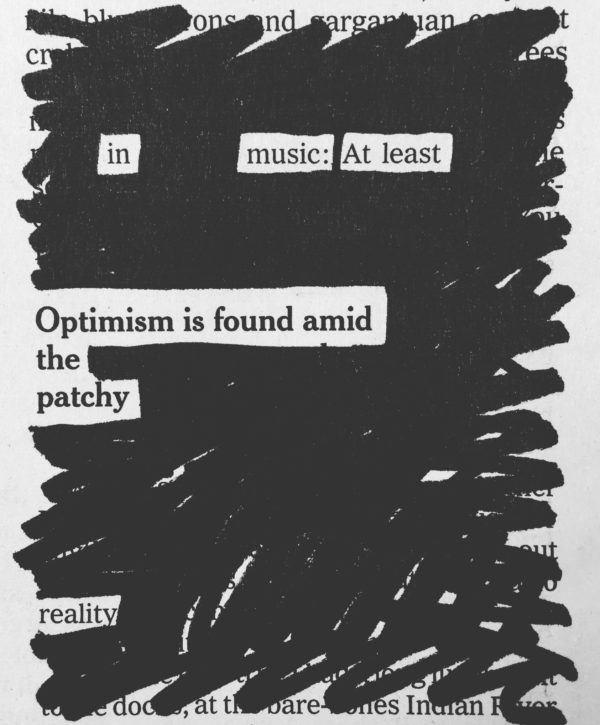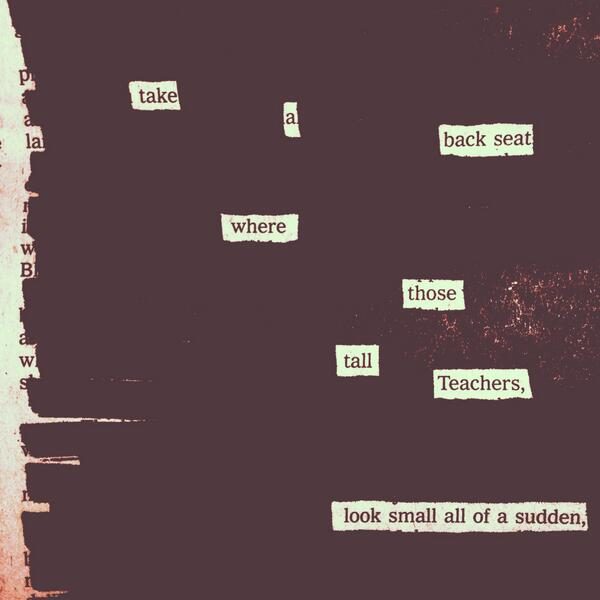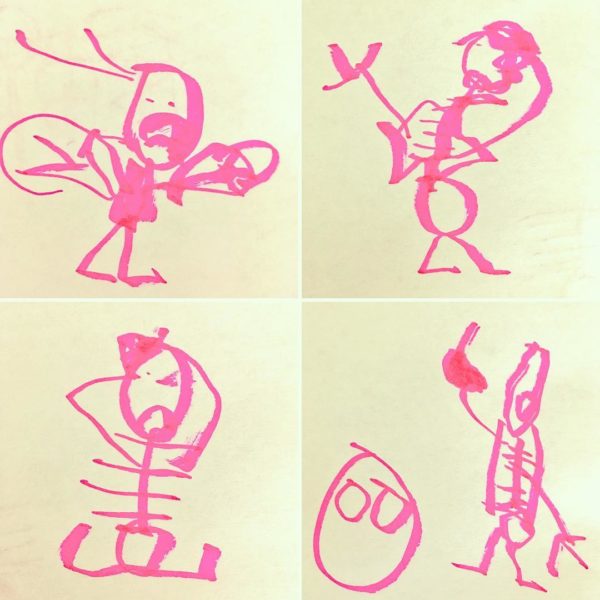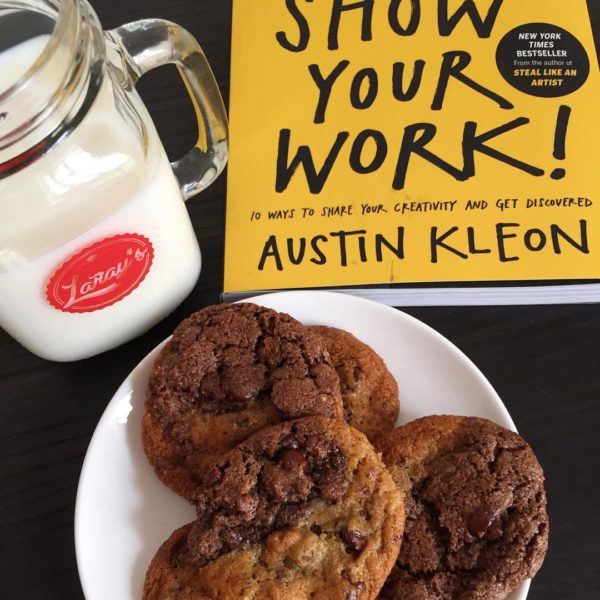
Learning for learning’s sake

A few days ago I suggested “What do you want to learn?” as a replacement for the question, “What’s next?”
One response I saw could be summarized as: “Ok, fine, but if what you want to learn isn’t tied in to your career somehow — if your boss doesn’t see value in it or if you can’t squeeze value out of it for your customers — it’s not professional development, it’s a hobby.”
Sometimes I don’t even know where to begin.
First off, I’m trying to imagine Thoreau or Leonardo limiting their interests to “professional development.”
Second, I am so tired of hearing “hobbyist” and “amateur” thrown around as pejorative terms. It’s such a lame, macho move. God forbid we ever do anything for pleasure or love.
On top of that, there’s a long history of amateurs making huge contributions to their fields of interest. A recent American Masters, for example, tells the story of how bombshell actress Hedy Lamarr helped develop a crucial technology for wi-fi and GPS. (I write more about the amateur spirit in Show Your Work!)
As for the importance of hobbies, it’s well known how many great thinkers practiced an art or a craft or some kind of tinkering outside of their profession. Take Hedy Lamarr, again, as an example: She kept a little lab on set during filming, and her fascination with how remote controls worked made her think that maybe you could control torpedoes the same way.
Setting aside the importance of hobbies and the amateur spirit, what worries me the most is this faulty idea that you should only spend time learning about things if they have a definite “ROI.” Creative people are curious people, and part of being a creative person is allowing yourself the freedom to let your curiosity lead you down strange, divergent paths. You just cannot predict how what you learn will end up “paying off” later. Who’s to say what is and what isn’t professional development? (An audited calligraphy class winds up changing the design of computers. Etc.)
This is the trouble we often have with schools, of course: When education is seen as an investment, we decide what students should be spending time on based on what is shown (or believed, rather) to have a return on investment in the marketplace.
As Milton Glaser says, sometimes personal development and professional development are at odds. What’s good for business is not always (not often?) good for your soul. There’s always a balance between making a living and making a life.
The lives of great thinkers teach us that learning is the verb of life. The trick to lifelong learning is to exercise your curiosity as much as you can and to let it guide you where it wants to go. To pay attention to what you pay attention to. To not worry too much about where things are going to lead. To learn for learning’s sake, not because it’s going to get you something, necessarily, but because you have faith that the things that interest you will help you become who you need to be.
Your interest and your desire and your instincts are your compass. They show you the way.
It’s a hard thing to internalize, but once you do, it’s one of the most powerful things. It sets you free.
Roba Como Un Artista
A group of graphic design students at Serra i Abella in Barcelona, Spain made this video inspired by the 10 points in the Spanish edition of Steal Like An Artist. Bueno!
A bad equation

The U.S. birth rate sank to a 30-year low in 2017 (gee, I wonder why?) and the supposed clash between parenting and creativity is a hot topic in publishing. In the past half decade, we’ve seen a whole batch of mothering/art books, many of them quite wonderful, including Sarah Ruhl’s 100 Essays I Don’t Have Time To Write, Jenny Offill’s Dept. Of Speculation, and Maggie Nelson’s The Argonauts. A few years ago Meghan Daum published a collection of writers on their decision not to have kids, called Selfish, Shallow, and Self-Absorbed. This year there’s Meaghan O’Connell’s And Now We Have Everything and Sheila Heti’s Motherhood. (These are just the books I can name off the top of my head.)
Earlier this year, I was sitting in a theater next to someone who works in publishing (a rare event for me, believe it or not) and he said, “Yeah, you know, there’s a ton of books about art and motherhood, but not a lot new out on art and fatherhood.”
Right on time, here comes Michael Chabon’s Pops: Fatherhood in Pieces. I haven’t read it yet, but I’ve really liked Chabon’s previous writing on fatherhood, including the great essay “William and I,” from Manhood For Amateurs, which begins with the perfect line, “The handy thing about being a father is that the historic standard is so pitifully low.” Another great essay was “My Son, The Prince of Fashion,” about attending Paris Fashion Week with his son, Abe.
The excerpt from Pops currently making the rounds is “Are Kids The Enemy of Writing?” Chabon recalls standing with a Famous Lit’ry Man and being warned, if he wanted to be a Great Writer, not to have children. “You lose a book,” the man said, “for every child.”
Chabon was clearly disgusted by the interaction and is more than okay with his decision to have his four children, saying he’s going to die no matter what and his books will probably be forgotten anyways, and:
Once they’re written, my books, unlike my children, hold no wonder for me; no mystery resides in them. Unlike my children, my books are cruelly unforgiving of my weaknesses, failings, and flaws of character. Most of all, my books, unlike my children, do not love me back. Anyway, if, 100 years hence, those books lie moldering and forgotten, I’ll never know. That’s the problem, in the end, with putting all your chips on posterity: You never stick around long enough to enjoy it.
A beautiful thought. But what I’m puzzled by in this piece is that Chabon, though he seems like a devoted father, never really questions that equation “you lose a book for every child,” even though it is demonstrably untrue in many cases.
Take, for example, several classic children’s books. A.A. Milne made up Winnie-the-Pooh for his son, Christopher Robin Milne. Astrid Lindgren’s bedridden daughter Karin asked her to tell a story about some girl named Pippi Longstocking. C.S. Lewis convinced J.R.R. Tolkien to turn the fantastical stories he told his children into The Hobbit. The list goes on and on — and that’s just children’s books, not to mention all the art and music and film that’s been inspired by children.
I am the father of two beautiful boys, but I am not an evangelist for having children. (I mean, have you looked around?) Having children in America is difficult no matter what your profession: health care is dismal, the costs of child care are astronomical, our public education system is being stripped for parts, inflated tuition and student loans have turned higher education into a one-way ticket to indentured servitude, and adulthood, if you survive to enter it, is not all that hot, either.
No working writer with kids is able to write without a ton of help.
The bad equation “for every child you lose a book” and all that “Pram in the Hall” nonsense is the kind of toxic thinking that gives writers an excuse to be negligent parents — “Nobody remembers Shakespeare’s children,” Faulkner growled — but it also severely underestimates the creative potential of children.
Rather than seeing my children as a constant drain on my creativity, it has made me a better father and a better writer to see them as creative catalysts, or energizers. (See my post: “Borrow a kid.”) I have been helped along to this point by the terrific example of so many creative mothers and fathers I’ve been lucky to know, and it’s for this reason I often share, on this blog, some of the creative shenanigans the boys and I have been up to.
It’s not that my boys magically made me a better person and a better artist, it’s that my boys make me want to be a better person and a better artist.
“Art is too long, and life is too short,” wrote Grace Paley. “There’s a lot more to do in life than just writing.”
Of course, every creative life requires sacrifices, but I would encourage us to not accept the “for each child you lose a book” equation in the first place. Children, like anything else in your life, if you love them, pay attention to them, spend time with them, and reflect on your experiences with them, can lead you to your best work.
Above: drawings by my 3-year-old
Procrastibaking
In the NYTimes this week, there’s a feature on “procrastibaking.” It’s a form of what I call productive procrastination — avoiding work by working on something else. (More in Steal Like An Artist.)
The piece includes lines from Grace Paley’s poem, “The Poet’s Occasional Alternative,” found in the collection Begin Again:
I was going to write a poem
I made a pie instead it took
about the same amount of time
of course the pie was a final
draft a poem would have had some
distance to go days and weeks and
much crumpled paper
Later in the poem: “everybody will like this pie… / many friends / will say why in the world did you / make only one / this does not happen with poems.”
I’m reminded of Beverly Cleary:
I like writing in the morning while baking bread. I used to bake bread while I wrote. I’d mix up the dough and sit down and start to write. After awhile the dough would rise and I’d punch it down and write some more. When the dough rose the second time, I’d put it in the oven and have the yeasty smell of bread as I typed.
I never realized how much baking was about precision (as opposed to cooking, which is more forgiving) until I lived with a baker. Then I found out that the easiest way to become a better baker is to buy a kitchen scale and start measuring ingredients by weight.
Baking is also a wonderfully sensual activity, in direct contrast to so much so-called “knowledge” work — your hands in the dough, little tastes, the smell taking over the whole house. (If you want to make a place smell like home, bake some chocolate chip cookies…)
Photo above courtesy of LaRay’s
- ← Newer posts
- 1
- …
- 291
- 292
- 293
- 294
- 295
- …
- 631
- Older posts→
